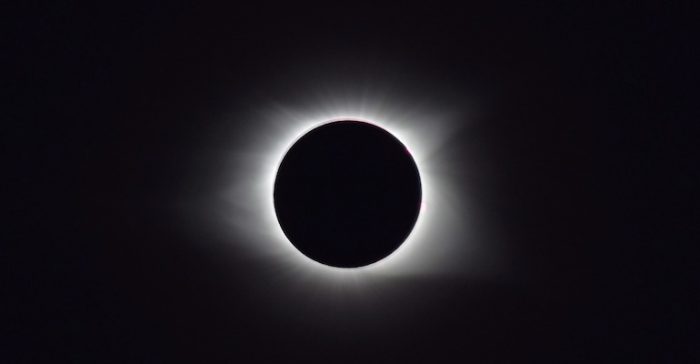Lisa Markowski, ERS, for Zondits
Whether last Monday’s solar eclipse lived up to the surrounding hype is a matter of widely varying opinion, but it clearly fell short in terms of predicted power demand. Grid operators and utility spokespeople expected increased electricity demand to fill the gap left by the temporary lack of the sun rays reaped by photovoltaic panels. Cooler than average temperatures decreased air-conditioning usage, and there was no marked increase in lighting used—likely because most people were outdoors to experience the rare astronomical event.
According to Reuters, PJM Interconnection, the power coordinator for 13 states – including many in the “totality” area – expected demand to increase due to reduced capacity from photovoltaic panels. But PJM found that demand actually decreased during the height of the eclipse.
Duke Utilities in North Carolina, the state with the second-highest consumption of solar power, reported losing about 1,700 MW versus the expected 1,808 MW, but cloud cover was a factor there. Both the predicted and actual reductions were similar in California, although the precise values were not available at the time of this writing.
Solar eclipse’s effect on power demand proved a yawn for utilities
Reuters, August 22, 2017
Monday’s solar eclipse had no major impact on electricity demand in affected areas of the United States, according to grid operators and utilities, many of which had lined up alternative power supplies.
Customers who left their homes and offices to enjoy the celestial display used less power and cooler temperatures in regions of the total eclipse helped lower demand for air conditioning, executives said. In the end, the eclipse led to fewer calls on power to replace renewables.
PJM Interconnection, which coordinates power among 13 states from Michigan to North Carolina, said power demand declined rather than increased as expected across its territory during the eclipse.
“PJM had expected a reduction in power from rooftop panels to result in an increase in electric demand on the grid,” said spokesman Jason McGovern. Instead, PJM saw a net decrease in demand for electricity of about 5,000 megawatts throughout the eclipse, he said.
According to several operators, pleasant temperatures and customers’ enthusiasm to witness the eclipse as it made its way from one U.S. coast to the other, served to decrease the need for electricity.
In North Carolina, the nation’s second highest consumer of solar energy, reduced sunshine and cloudy skies did not deter people from going out and experiencing the eclipse, Randy Wheeless, a Duke Energy spokesman, said. The utility lost about 1,700 megawatts of solar capacity during the height of the eclipse, when they were expecting to receive 1,808 megawatts of solar.
On the West Coast, California Independent System Operator (CISO), which routes power throughout the densely populated state, said on Monday it does not yet know how much the eclipse affected rooftop solar generation, or replacement demand, but believes the need for replacement power was less than expected.
“It will take a few days for us to run the numbers,” said CISO spokesman Steven Greenlee. “We predicted the loss of about 4,200 megawatts of utility-scale solar but the actual reduction in solar appears to be closer to 3,500 megawatts.”
At San Diego Gas and Electric, which typically sees about 850 megawatts of solar generation on a day like Monday, had at its peak 334 megawatts, leaving about 500 megawatts to replace with other fuels, according to Allison Torres, a SDG&E spokeswoman.
